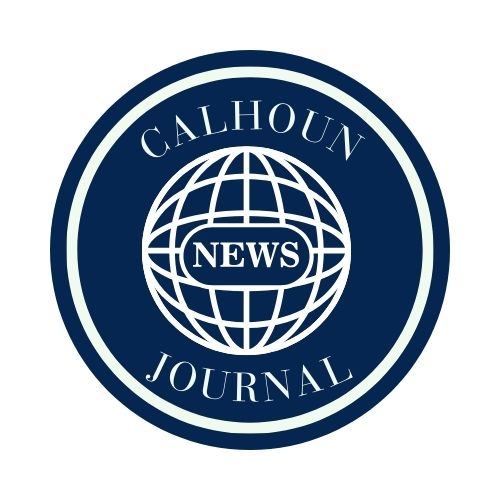Calhoun County, AL – When it comes to charitable giving, cash may not always be king. If you have an IRA, or own individual stocks or mutual funds in a brokerage account, there may be ways in which you can make charitable contributions in a tax advantageous manner. This article will explain a few tools and options that you may have at your disposal.
Qualified Charitable Contributions (QCDs)
Under current law, IRA owners must take Required Minimum Distributions (RMDs) each year starting at age 73. These RMDs are considered taxable income and are taxed at applicable federal and state ordinary tax rates. However, for those that are charitably inclined, using QCDs should be considered. A QCD is a distribution sent directly from the IRA to the desired charity or organization (such as a church) without ever being received by the IRA owner. By using this strategy, the amount sent directly from the IRA to the charity/organization is not taxed as ordinary income. Let’s examine a situation in which using QCDs may make sense:
Susan, age 75, donates to her church on a regular basis (about $5k/year). She also owns an IRA and her RMD for the current tax year is $7,500.
- If Susan gives her usual $5k to her church throughout the year using cash from her bank account, she may or may not be able to use her donations as a tax deduction. In order for it to be tax deductible, she would have to itemize her deductions instead of taking the standard deduction. Based on IRS data from recent years, only about 10-15% of taxpayers have enough deductions to itemize instead of claiming the standard deduction. Additionally, when Susan takes her $7,500 RMD from her IRA, the entirety of this distribution will be taxed at her applicable federal and state tax rates.
- If Susan instead opts to use her IRA to make her $5k annual donation to her church via a QCD, this $5k distribution is not considered taxable income. To meet her RMD requirement for the year, she would still have to take an additional $2,500 distribution from her IRA. Therefore, only $2,500 of her $7,500 annual RMD would be taxed, which would result in significant tax savings while also maintaining her commitment of consistently giving to her church.
Donating Appreciated Assets
Another charitable strategy that can be utilized is for those that have a brokerage account with stocks or mutual funds that have appreciated in value. It is becoming more popular that charities/organizations will accept appreciated assets (such as stocks) in the form of a donation. To understand the benefits of using an appreciated asset vs cash when giving to charity, you must first understand how capital gains taxes work. For example, if someone bought a stock at $5, held it for over a year, then sold it for $8, the gain ($3) would be taxed at long-term capital gains rates. The benefits of donating an appreciated asset to a charity is that the embedded capital gains are not realized as income to the donor and therefore not taxed. The charity receives the asset directly as an “in-kind” transfer and the donor can take a charitable deduction based on the asset’s market value as of the date of the donation. Generally speaking, this charitable giving strategy is best for those that have an overly concentrated position in one stock and/or have a position that has large embedded/unrealized gains that they want to avoid paying taxes on.
Donor Advised Fund
In my opinion, the Donor Advised Fund (DAF) is one of the most underutilized tools for those that are charitably inclined. DAFs are essentially a giving account held at a sponsoring organization, such as a local community foundation or some brokerage firms. Any donation made to a DAF is tax deductible in the year in which the contribution is made. Cash or appreciated assets are eligible to be donated. Once the DAF receives the donation, it can hold these assets and later distribute them to the donor’s desired charities via grants. Prior to these grants being made out of the DAF, the assets inside the DAF can actually be invested and grow tax-free! DAFs can be beneficial to use in higher income years to minimize taxes. DAFs are also a great tool for those who desire perpetual giving since grants to charities can be spread out over time.

Editor’s Note – Jonathan T. Jones® is a local financial advisor who will be a contributing author for the Calhoun Journal. He will be writing financial pieces to help readers understand the market and many changes that are currently happening in the financial world.

Jonathan T. Jones, CFP®
Wealth Manager/Financial Advisor, RJFS
501 Quintard Avenue, Suite 17
Anniston, AL 36201
256-237-2300
Any opinions are those of Jonathan Jones, CFP® and not necessarily those of Raymond James.
Securities offered through Raymond James Financial Services Inc., member FINRA/SIPC. Investment advisory services are offered through Raymond James Financial Services Advisors, Inc. Wealth and Retirement Services is not a registered broker/dealer and is independent of Raymond James Financial Services.







